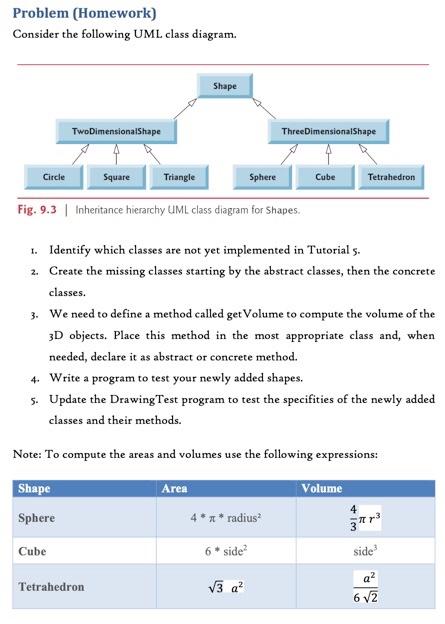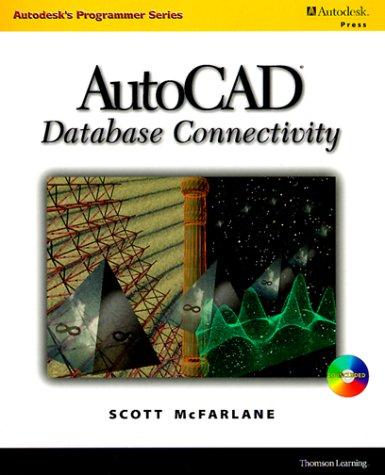Exercise 1 Consider the 7 classes provided with this exercise which are: Shape, TwoDimensionalShape, Circle, Rectangle, Square, Triangle, and Point. Analyze the definition of these classes and draw a simple class diagram (with only class names). Note: Expressions used to compute the areas and the circumferences are: Shape Circle Rectangle Square Triangle Area 1* radius length * width side? (base * height)/2 Perimeter 2* * * radius 2 (length + width) 4* side side a + base + side c Exercise 2 Write a program to demonstrate the polymorphism aspects using the different shape classes. You can proceed as follow: Declare/instantiate an object of type Shape, call toString and getArea Declare/instantiate an object of type TwoDimensionalShape, call toString and getArea (using superclass reference), and call getPerimeter Declare/instantiate an object of type Rectangle, and call toString, getArea, and getPerimeter (using superclass reference only) Declare/instantiate objects of type Circle, Sqaure, and Triangle, call toString and getArea (using indirect superclass reference), and call getPerimeter (using direct superclass reference) Exercise 3 Create a class called Drawing. This class contains a set (array) of shapes which initialized using its unique constructor. In addition, define the following methods: getShapes: returns the reference to the array of shapes. updateShape: takes a Shape object and an index, put the object in the array at the specified index, returns true if the index is correct, or false otherwise. shapeAt: takes an index, returns the Shape object from the array at the specified index if the index is correct, or null otherwise. getShapeArea: takes an index, returns the Shape object's area from the array at the specified index if the index is correct, or 0.8 otherwise. Exercise 4 Write a program to demonstrate the polymorphism aspects using the different shape classes and Drawing. You can proceed as follow: Declare/instantiate an array of 4 Shapes. Create one object from each of the following types: Shape, TwoDimensionalShape, Circle, and Triangle. Insert the created objects into the array. Declare/instantiate an object of type Drawing using the previously defined array. Get the list of shapes from the Drawing object using getShapes and print their information (by calling toString and getArea) Using updateShape, create/put new object of type Rectangle in the position, and another of type Square in the position 1. Find the newly inserted objects using shapeAt and print their info Problem (Homework) Consider the following UML class diagram. Shape TwoDimensionalShape Three DimensionalShape Circle Square Triangle Sphere Cube Tetrahedron Fig. 9.3 Inheritance hierarchy UML class diagram for Shapes. 1. Identify which classes are not yet implemented in Tutorial s. 2. Create the missing classes starting by the abstract classes, then the concrete classes. 3. We need to define a method called get Volume to compute the volume of the 3D objects. Place this method in the most appropriate class and, when needed, declare it as abstract or concrete method. 4. Write a program to test your newly added shapes. s. Update the Drawing Test program to test the specifities of the newly added classes and their methods. Note: To compute the areas and volumes use the following expressions: Shape Area Volume 4 Sphere 4** radius 3 Cube 6* side? side Tetrahedron V3 a? 6 V2










